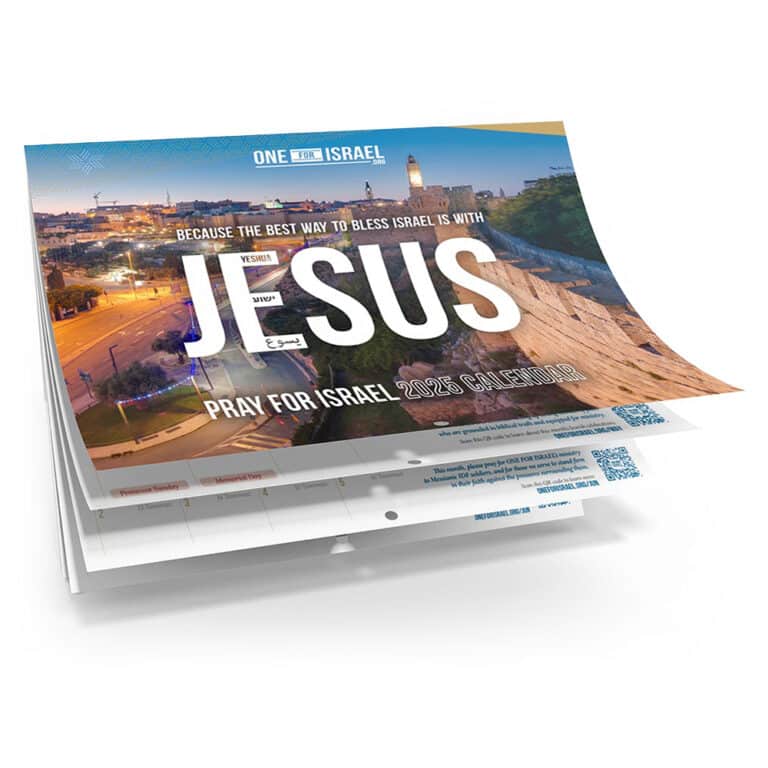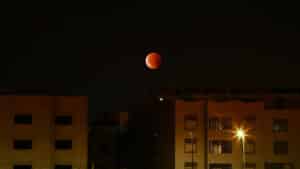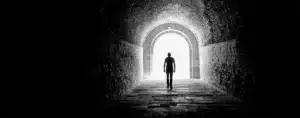Sometimes we use the word “leper” to describe a persona non-grata… someone rejected by the majority, and left out in the cold. It’s an experience most of us have at one time or another, and it’s one that Yeshua understood and cared about.
The Talmud even describes a “Leper Messiah” in a story about how the Messiah would be found caring for lepers:
“His name is ‘the leper scholar,’ as it is written, Surely he hath borne our griefs, and carried our sorrows: yet we did esteem him a leper, smitten of God, and afflicted.”…”‘When will the Messiah come?’ — ‘Go and ask him himself,’ was his reply. ‘Where is he sitting?’ — ‘At the entrance.’ And by what sign may I recognise him?’ — ‘He is sitting among the poor lepers…'” (Sanhedrin 98a and 98b).
The passage goes on to describe the Messiah carefully bandaging the wounds of lepers, instead of shunning them.
Unclean!
Many of the laws in Leviticus draw distinctions between those deemed acceptable and those considered unclean and untouchable. They exclude lepers, exclude women who are bleeding, and they exclude those who are blind or with physical defects… but we see the powerful ministry of Yeshua overcoming each of these ailments, one by one; healing lepers, healing the woman with an issue of blood, healing the blind, the disfigured and the lame, and he welcomes them back into the camp.
Sometimes the books of God’s Law at the beginning of the Bible can seem bewildering or even boring, especially when they go into graphic details about mould and spots and hair growth. But an interesting pattern emerges when we take some of the odder commandments and follow them through to the life and ministry of Yeshua.
- Leviticus tells us that those with a contagious disease, translated as leprosy, must be put outside the camp and considered unclean. The Talmud takes it further, legitimising the practice of throwing rocks at lepers [1].
- We also learn that women are unclean while menstruating – again, unlucky for anyone who suffers with abnormal bleeding.
- Then later we read that those with blindness, the lame and those with other defects are banned from certain areas of the temple.
- And of course, the temple was also a no-go area for the Gentiles.
The touch of the Messiah
But we see a revolution taking place when Yeshua the Messiah overcomes all of these defilements and restrictions: He cures lepers, heals a man born blind, and delivers the woman with the issue of blood – unnamed outcasts were suddenly given new life and a new start. Biblical leprosy can be seen as a symbol for sin and sickness in general – the result of the Fall upon humanity. And yet Yeshua showed that he had the power and authority to deal with all of our ailments that paralyse and hold us back – spiritually and physically.
In Yeshua we see a reversal of the laws of clean and unclean – instead of becoming sullied by the outcasts, His mighty power over sin and death brought cleanness, life and health to all He touched.
3 signs to recognise the Messiah
There were three specific miracles that the rabbis were expecting from the Messiah:
- That he would be able to cure leprosy,
- That he would cast out a mute demon,
- And that he would heal the lame.
In part, this set of qualifications harks back to Isaiah 35:5-6, a Messianic prophecy:
“Then the eyes of the blind shall be opened, and the ears of the deaf unstopped; then shall the lame man leap like a deer, and the tongue of the mute sing for joy.”
But it’s amazing to think that no Israelite leper was ever healed and had to present himself to the priest to check to see if he was really clean!
There had been brief brushes with the disease for Moses and his sister Miriam, and Naaman the Syrian had been dramatically healed, but there had never been the case of a Jew under the Mosaic Law who had to follow the procedure laid out in Leviticus 14:
“This shall be the law of the leper in the day of his cleansing: he shall be brought unto the priest…”
On the day Yeshua sent the first cured leper to the temple to be checked over by the priest, it would have been the first time any priest had ever had to consult the details of the Law on the matter… it had never happened before in history!
What a momentous event. Leviticus 13 and 14 were written for that moment, to help identify that the Messiah had truly come.
Similarly, when Yeshua had healed the demonically oppressed man who was mute, it caused quite a stir of Messianic hope among the people:
“Then a demon-oppressed man who was blind and mute was brought to him, and he healed him, so that the man spoke and saw. And all the people were amazed, and said, “Can this be the Son of David?”” (Matthew 12:22-23)
It makes sense then, that when John the Baptist sent people to check to see if Yeshua really was the Messiah, He responded like this:
Yeshua answered and said to them, “Go and report to John what you hear and see:the blind receive sight and the lame walk, the lepers are cleansed and the deaf hear, the dead are raised up, and the poor have the gospel preached to them. And blessed is he who does not take offense at Me.” (Matthew 11:4-6)
As far as Yeshua was concerned that was proof in and of itself.
When God tells the prophet Haggai to quiz the priests about how things become unclean in Haggai 2, He emphasises that the unclean usually renders the clean unclean, not the other way around. But Yeshua brought in a complete reversal of everything that had gone before. His holiness was so powerful and incorruptible that He could never be made unclean, and even death could not hold Him in the grave!
Wherever He went, He turned the tables on the exclusions in the Mosaic Law, bringing healing, inclusion and joy. Yeshua was, and is, the Promised One.
[1] From Rabbi Michael Leo Samuel’s reflections:
In Midrash of Vyikra Rabba 16:3 records some of the laws that continued the policy of ostracizing even after the Temple was destroyed–despite the fact that none of these laws were ritually relevant. R. Johanan and R. Simeon b. Lakish [gave rulings]. R. Johanan said: It is prohibited to go four cubits to the east of a leper.R. Simeon b. Lakish said: Even a hundred cubits. They did not really differ; the one who said four cubits referred to a time when there is no wind blowing, whereas the one who said [not even] a hundred cubits, referred to a time when a wind is blowing. R. Meir would not eat eggs that came from an alley of lepers. R. Ammi and R. Assi would not enter a leper’s alley. Resh Lakish, when he saw one of them in the city, threw stones towards him,1 and said: ‘ Go to your place, and do not defile other people,’ as R. Hiyya taught: He shall dwell alone (Lev. XIII, 46), means, he shall dwell by himself. R. Eleazar b. R. Simeon, when he saw one of them, hid himself from him, since it is written, THIS SHALL BE THE LAW OF THE LEPER (MEZORA’), i.e. one who utters false reports (mozi [shem] ra’).
Photo by Nadine Marfurt on Unsplash
















